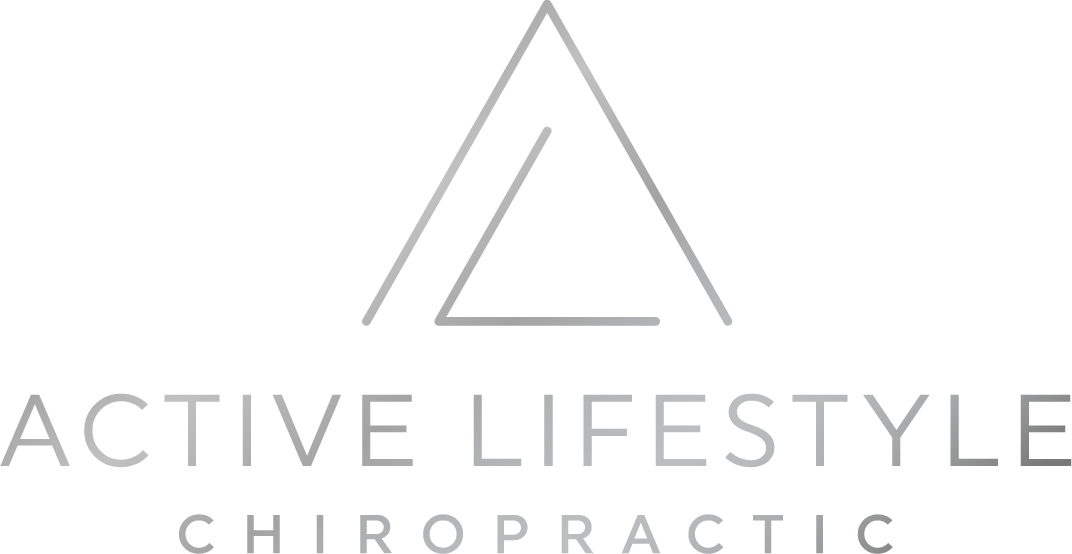Understanding the Body's Framework: Joints, Cartilage, Bones, and Ligaments
The human body's musculoskeletal system is a complex network of bones, joints, ligaments, and cartilage
The human body's musculoskeletal system is a complex network of bones, joints, ligaments, and cartilage, each playing a vital role in providing structure, support, and movement. Understanding the differences between these components and their healing times when injured is important for effective treatment and rehabilitation.
This post explores the unique characteristics and functions of each of these elements and discusses the average healing times associated with injuries to them.
Differentiating Between Joints, Cartilage, Bones, and Ligaments:
Joints: A joint is where two or more bones meet, allowing for movement and flexibility. Types of joints include fixed, pivot, ball and socket, and hinge joints, each offering different ranges of motion.
Cartilage: This is a tough, flexible tissue that covers the ends of bones in joints, providing cushioning and reducing friction during movement. Cartilage lacks its own blood supply, which affects its healing process.
Bones: The rigid, calcified structures that make up the skeleton. Bones support and protect internal organs and work with muscles to enable movement.
Ligaments: These are strong, fibrous tissues that connect bones to other bones at joints. They provide stability and limit excessive movement.
Joint pain ranges from sprains to severe dislocations
Joint Injury and Healing Times:
Joint injuries can range from mild sprains to severe dislocations. Healing times vary based on severity, but mild joint injuries typically heal within a few weeks, while severe injuries or dislocations may take several months. Joint injuries are among the most common musculoskeletal problems and can range from mild to severe. The healing time for these injuries varies significantly based on their severity. Mild joint injuries, such as minor sprains or strains, usually heal within a few weeks. These injuries typically involve slight damage to the ligaments or tendons surrounding the joint, requiring time for natural repair and rehabilitation.
On the other hand, more severe joint injuries, including complete ligament tears or dislocations, may take several months to heal fully. In cases of dislocation, for instance, the joint must not only recover from the displacement but also from any associated damage to ligaments, tendons, and sometimes bones or nerves. Such injuries often require more intensive treatment, which may include immobilization, physical therapy, and sometimes surgery.
Factors Influencing Healing:
Age: Generally, younger individuals heal faster due to better regenerative capabilities and overall health. As we age, our body's healing processes tend to slow down, and recovery from joint injuries may take longer.
Overall Health and Lifestyle: A person's overall health significantly impacts healing. Factors such as nutrition, smoking status, and pre-existing health conditions play a crucial role. For instance, smokers or individuals with conditions like diabetes may experience slower healing. Additionally, a balanced diet rich in essential nutrients can aid in faster recovery.
Severity and Location of the Injury: The specific joint involved and the injury's nature also determine the healing timeline. For example, knee injuries might take longer to heal compared to finger injuries due to the knee's weight-bearing function and complexity.
Cartilage Injury and Recovery:
Healing Challenges: Cartilage has limited regenerative capacity due to its lack of blood supply. As a result, cartilage injuries can be slow to heal.
Average Healing Times: Minor cartilage damage may improve within weeks to months, but significant injuries might require surgical intervention and can take several months to heal fully.
Bone Fractures and Healing Duration:
Healing Process: Bones have a good blood supply, which aids in the healing process. A typical bone fracture usually heals within 6 to 8 weeks, but this can vary depending on the fracture's location and complexity.
Factors Affecting Bone Healing:
Age: Younger individuals typically heal faster due to better regenerative capabilities. In older adults, the healing process is often slower.
Nutrition: Adequate nutrition, especially intake of calcium, vitamin D, and protein, is crucial for effective bone healing.
Smoking: Smoking can impede bone healing by restricting blood flow and reducing oxygen and nutrient supply to the healing area.
Ligament injuries are commonly referred to as sprains
Ligament Injuries and Recovery:
Recovery Timeframe: Ligament injuries, such as sprains, can range in severity. Mild sprains often heal within a few weeks, while complete ligament tears may take several months and possibly require surgery.
Rehabilitation: Rehabilitation plays a critical role in the recovery process from a ligament injury, and when done properly, focuses on restoring strength, flexibility, and stability to the injured area. Consider:
Physical Therapy: Guided exercises and therapy sessions help gradually restore the ligament's strength and flexibility.
Gradual Return to Activity: It’s essential to slowly reintroduce activities and avoid rushing the recovery process, as premature strain can hinder healing or lead to re-injury.
Bracing or Support: In some cases, especially post-surgery or with severe sprains, bracing or support may be necessary to protect the ligament as it heals.
Conclusion: Understanding the differences between joints, cartilage, bones, and ligaments and their respective healing times is important when managing an injury because it helps set realistic expectations.





